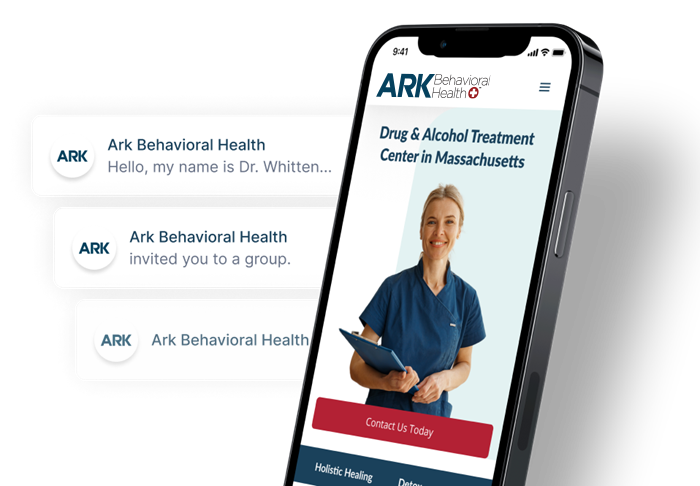Alcohol use is common in the U.S. While occasional, light drinking among adults can be considered harmless, heavy drinking, binge drinking, underage drinking, and alcohol-related deaths are serious problems for public health.
Alcohol Abuse Facts In The United States
Alcohol abuse issues are common in the United States, and alcohol affects both adults and young people.
Young People
Underage drinking is a common issue in the United States.
Out of children and young people between 12 and 20 years of age:
- around 18.8 percent (7.1 million) admitted to drinking alcohol during the past month, according to SAMHSA’s 2018 survey
- drinking occurred roughly evenly between males and females; around 18.2 percent were males, and around 19.5 percent were females
- around 861,000 individuals, or 2.3 percent, admitted to heavy alcohol use during the past month
While drinking among young people, such as college students aged 18 and up might seem more common, it’s important to note that just under 30 percent of 15-year-old children admitted to having a standard drink at least once in their life, according to the national survey.
Binge drinking and heavy alcohol use is common in regards to underage drinking in the United States. The NSDUH showed that roughly 4.3 million young people ages 12 through 20 admitted to binge drinking in the past month.
Adults
How many adults in the United States drink alcohol? Roughly 86 percent of adults 18 and up in the U.S. have had at least one alcoholic beverage sometime during their lives, according to the National Survey on Drug Use and Health (NSDUH) from 2018.
These percentages decrease within shorter periods of time. For example, only 55.3 percent of adults admitted to drinking alcohol in the past month, while 70 percent admitted to drinking alcohol during the past year.
Alcohol Use Disorder
Alcohol use disorder (AUD) is a condition caused by heavy drinking or drinking any amount of alcohol on a frequent basis. This condition can make it hard for individuals to stop drinking, even when they know the effects of alcohol are causing serious issues in their life.
Adults
Among adults in the U.S., roughly 14.4 million have alcohol use disorder. This condition tends to occur more often in men than women, with 9.2 million men and 5.3 million women having AUD. Out of these individuals, around 7.9 percent underwent treatment for excessive alcohol use.
Young People
Among children ages 12 through 17, roughly 401,000 had alcohol use disorder based on the 2018 NSDUH results. Out of the 401,000 children with alcohol use disorder, 227,000 were girls and 173,000 were boys.
Keep in mind that drinking at an early age is a risk factor for alcohol use disorder.
Alcohol-Related Deaths
Alcohol abuse, especially among those with alcohol use disorder, can result in an increased risk of serious and potentially deadly health problems.
Those with high blood alcohol levels also have an increased risk of being seriously injured or dying in alcohol-related motor vehicle accidents. Alcohol is a depressant that slows reaction time and contributes to car crashes all over the country.
Alcohol is one of the leading causes of death in the U.S. In fact, it’s the third leading cause of death in the U.S. that’s considered preventable. Alcohol is involved in the deaths of around 88,000 people in the United States each year, according to a SAMHSA fact sheet.
Liver Disease
Heavy drinking can lead to a higher risk of developing liver disease. In serious cases, this can result in cirrhosis, which refers to scarring of the liver. Cirrhosis can be fatal and is among the more serious health consequences of alcohol misuse.
According to the CDC, there were 22,246 deaths from alcohol-related liver disease in 2017.
Cancer & Other Health Problems
Alcohol use is associated with higher risks of long-term health consequences like cancer, including:
- esophageal cancer
- mouth cancer
- breast cancer
- liver cancer
- pharynx cancer
- larynx cancer
Other long-term and short-term health consequences that stem from alcohol abuse include:
- heart disease
- immune system problems
- alcohol dependence
- alcohol poisoning
- blackouts/memory loss
- drug abuse
Motor Vehicle Accidents
Alcohol-related driving fatalities are a common cause of death in the U.S.
The CDC reports:
- around 29 people in the U.S. per day are killed in motor vehicle crashes due to alcohol-impaired drivers
- In 2016, alcohol was a factor in roughly 28 percent of all traffic-related fatalities in the U.S.
- More than one million U.S. drivers were arrested for driving under the influence of alcohol in 2016.
Treating Alcohol Abuse Problems
There are alcohol use disorder treatment options available to help individuals make a full recovery. These include:
- inpatient or residential treatment programs
- medication-assisted treatment programs
- outpatient treatment programs
- short-term alcohol detox programs
Out of the 15 million adults in the U.S. with alcohol use disorder, only 6.7 percent receive treatment. Out of 623,000 children between 12 and 18 years of age with alcohol use disorder, only 5.2 percent sought treatment.
Treatment programs help you recover from alcohol use disorder and other alcohol problems by giving you the tools you need to build a healthy, substance-free lifestyle.
Written by Ark Behavioral Health Editorial Team
©2024 Ark National Holdings, LLC. | All Rights Reserved.
This page does not provide medical advice.
Centers for Disease Control and Prevention (CDC) - Alcohol Use
Centers for Disease Control and Prevention (CDC) - Impaired Driving: Get the Facts
National Institute on Alcohol Abuse and Alcoholism (NIAAA) - Alcohol Facts and Statistics
National Cancer Institute - Alcohol Consumption
Substance Abuse and Mental Health Services Administration (SAMHSA) - Alcohol Use
Substance Abuse and Mental Health Services Administration (SAMHSA) - Key Substance Use and Mental Health Indicators in the U.S.: Results from the 2015 National Survey on Drug Use and Health

Questions About Treatment?
Ark Behavioral Health offers 100% confidential substance abuse assessment and treatment placement tailored to your individual needs. Achieve long-term recovery.
100% confidential. We respect your privacy.
Prefer Texting?
Our friendly support team is here to chat 24/7. Opt out any time.








 Learn More
Learn More








